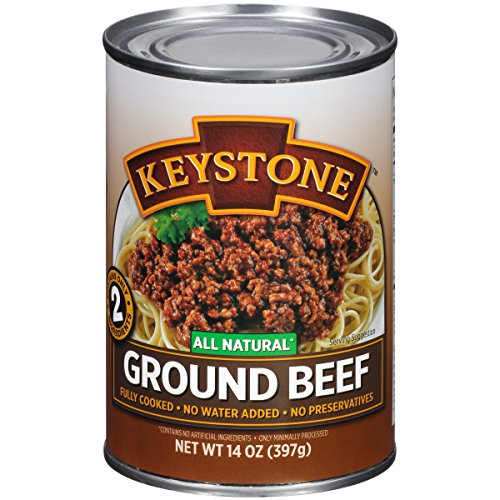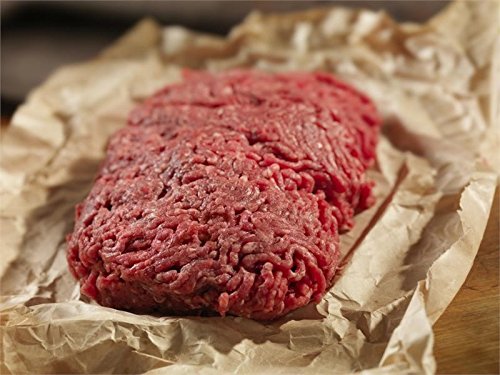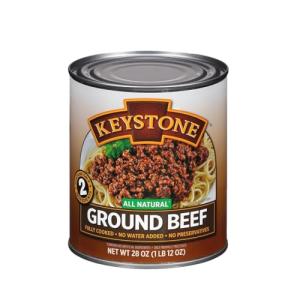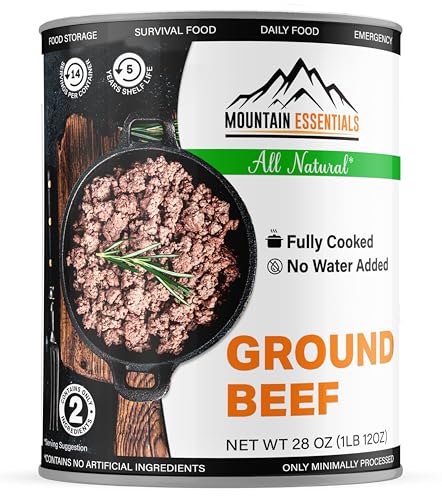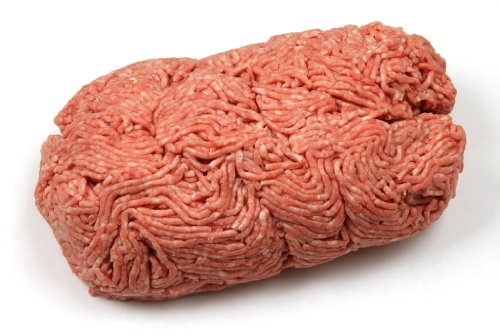Getting into beef butchery? You’ll want the right tools to make the process smooth and enjoyable. Tools can really make a difference when you're working with meat. Let’s break down some essentials that will help you on your butchery journey.
First up, you'll need a good set of knives. Don't settle for just any knife! Look for a chef’s knife, boning knife, and a sturdy cleaver. Each of these has its unique function. The chef’s knife is perfect for general slicing, the boning knife helps get right into the joints, and the cleaver can tackle those tougher cuts and bones.
A quality cutting board is also a must-have in beef butchery. Go for a solid wood or reputable plastic board that can handle heavy cutting without warping. You want something that’s easy on your knives too, so they stay sharp longer. And don't forget about sanitation; it’s super important to keep your cutting surfaces clean.
Lastly, invest in some good gloves. Not only do they keep your hands clean, but they provide grip and prevent slips while you're working. Plus, they add a layer of safety when handling sharp tools. Look for gloves that are flexible enough to let you feel what you’re doing but also tough enough to protect your hands.
With these essential tools in your kit, you'll be ready to dive into beef butchery like a pro. Happy butchering!
Choosing the Right Cuts of Beef
When it comes to Beef Butchery, knowing your cuts is half the battle. Each cut of beef has its own flavor, tenderness, and best cooking methods. Let’s break down some popular cuts that can make your cooking experience more enjoyable.
First up, you’ve got the tenderloin. This cut is super tender and perfect for special occasions. It’s the go-to choice for filet mignon and can really impress your guests. Just a quick sear in a hot pan or a roast in the oven can make it absolutely delicious. If you love steak, this one’s a must-try.
Next, check out the ribeye. It’s got that beautiful marbling, which means lots of flavor and juiciness. Whether you grill, pan-fry, or make it into a hearty stew, ribeye is a crowd-pleaser. Plus, it’s versatile. You can slice it for sandwiches or serve it whole as a juicy steak.
If you’re looking for something more affordable yet still tasty, go for the chuck. It’s not as tender as the tenderloin but is packed with great beefy flavor. This cut is fantastic for slow-cooking or braising, making it perfect for cozy meals. Think pot roast or beef stew. You really can’t go wrong with chuck!
Lastly, don’t overlook the flank steak. It’s lean and full of flavor, great for marinades and grilling. Slice it against the grain, and you’ll have a tasty dish that’s perfect for fajitas or salads. So, whether you're a pro or a beginner in Beef Butchery, understanding these cuts can elevate your cooking game.
All Natural Ground Beef by Keystone Meats, 14oz
Discover the rich flavor and quality of all natural ground beef that’s perfect for your favorite recipes
Product information
$16.44
Product Review Score
4.34 out of 5 stars
13 reviewsProduct links
Techniques for Perfect Beef Preparation
Getting the best out of your beef starts with how you prepare it. Whether you’re roasting, grilling, or slow-cooking, a few techniques can make all the difference. Let’s dig into some solid methods that can elevate your beef butchery game.
First up, seasoning. Don’t be shy with your spices! A good rub of salt and pepper before cooking makes a world of difference. If you want to go a step further, consider marinating your beef. Marinades with acid, like vinegar or citrus, can break down tough fibers, adding flavor and tenderness. Let it soak for a few hours or overnight if you can.
When it comes to cooking, temperature is key. For steaks, aim for high heat to get a nice sear. Use a meat thermometer to check the internal temperature. A medium-rare steak hits around 130°F. This ensures juicy, tender bites. If you’re slow-cooking, keep it low and slow. This method really brings out the flavors and tenderness in tougher cuts.
Resting your meat is another crucial step. After cooking, let it sit for a few minutes. This allows juices to redistribute, giving you a juicy and flavorful piece of beef. For a perfect slice, use a sharp knife and cut against the grain. This technique keeps each cut tender, making your meal that much better.
93% Lean USDA Choice Ground Sirloin Beef 1 LB
Enjoy the rich flavor and lean quality of this premium ground sirloin, perfect for burgers, tacos, or any dish you crave
Product information
$58.98
Product Review Score
4.68 out of 5 stars
86 reviewsProduct links
Tips for Storing and Aging Beef
Storing and aging beef properly can elevate your beef butchery game to a whole new level. Let’s get into some simple tips to keep your meat fresh and enhance its flavor.
First off, make sure to wrap your beef properly. Use butcher paper or vacuum-sealed bags to lock in freshness and prevent freezer burn. If you're planning to age your beef, it's essential to let it breathe a bit. Using a breathable wrap allows moisture to escape, which is key for aging.
Temperature is everything! Keep your beef in the fridge at 34°F to 38°F. If you’re aging it, make sure your fridge stays consistent because fluctuations can ruin your efforts. For dry aging, you’ll need to find a dedicated fridge or use a temperature-controlled cooler to create the right environment.
Don’t forget about humidity! A moisture level around 80% works wonders for aging as it helps keep the meat tender. You can achieve this by adding a small bowl of water in your fridge or investing in a humidity control system if you're serious about beef butchery.
Lastly, try to let your beef sit in the fridge for a few days before cooking. This resting period allows flavors to develop and the meat to relax, giving you that juicy goodness you crave. Happy butchering!
